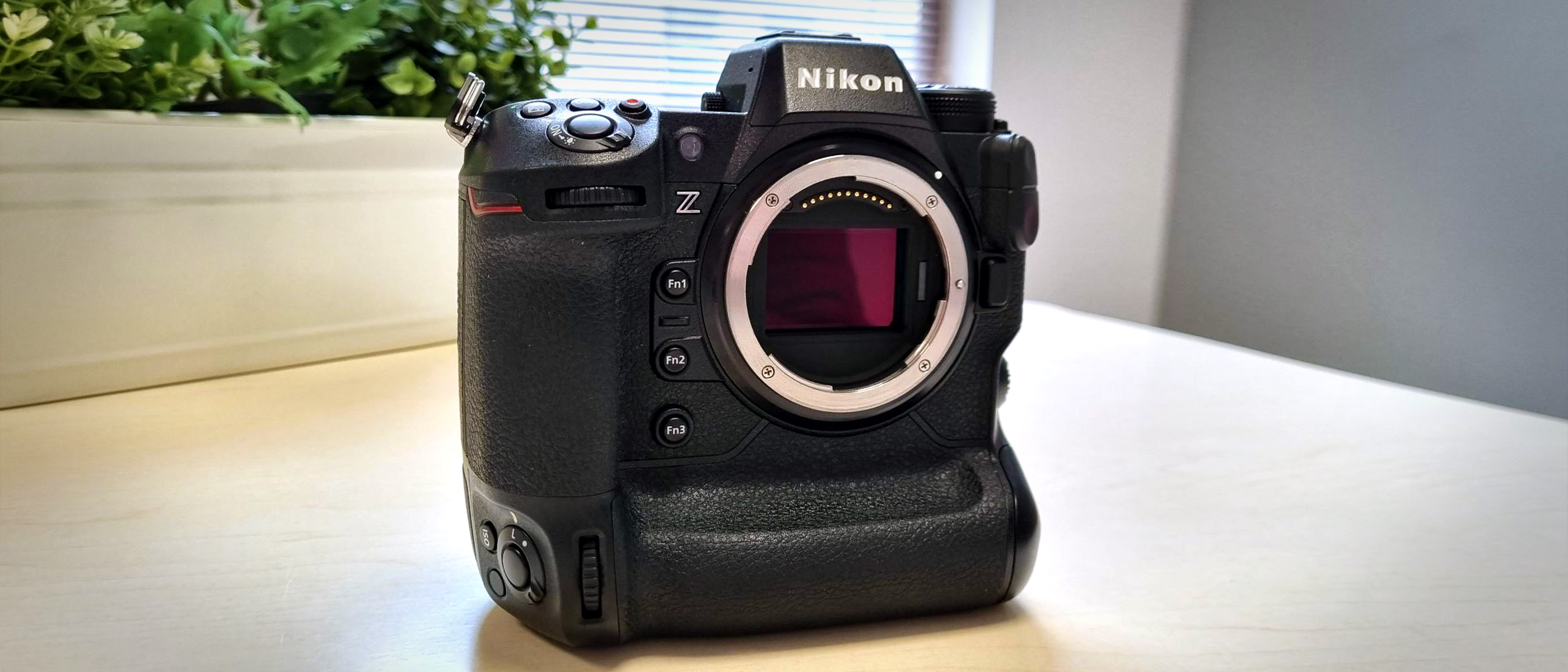Space Verdict
An absolute monster for stills and video, the Nikon Z9 is a brilliant astro camera. However, it comes at a high price and with features more suited to other photo styles like weddings and wildlife it may be overkill for night sky photographers.
Pros
- +
Unmatched burst shooting capabilities
- +
A video-shooting powerhouse
- +
Superb battery life
- +
Well-designed, weather-sealed body
Cons
- -
Way more than you need for astro
- -
Heavy body for tripods
- -
Limited screen mobility
Why you can trust Space.com
We're pretty sure you want to buy the Nikon Z9. This is the company's flagship, mirrorless camera body, and comes with an extensive list of features that puts 99% of the competition to shame.
System: Z-series mirrorless
Sensor: 45.7MP stacked full-frame
ISO range: 64-256,000 (expandable up to 32-102,400)
Burst shooting: 120FPS (low-res JPEG) up to 20FPS (RAW)
AF: 493-points (405-points auto-AF)
Video: 8K 60FPS, 4K 120FPS
Storage: 2x CFexpress slots
Screen: 3.2-inch, 2100-dot
Dimensions: 149 x 150 x 91mm (5.9-inch x 5.9-inch x 3.6-inch)
Weight: 1340g (2lb 15oz) — body only
It's a powerful, sleekly designed body that combines the stuff you love about fancier mirrorless tech, with the more reliable, solid DSLR sensibilities. The question really is: should you buy the Nikon Z9? After all, it's a $5500 camera ideally suited to sports, wildlife, and weddings. You can undoubtedly save yourself $2000 and pick up the wonderful Nikon Z7 II to get very similar landscape and astro results.
For pure space shooters on any kind of budget, we say this isn't the camera for you. Save some money, but keep reading to get your fill of gear-envy. If you're a pro photographer looking to mix astro and landscape photography with your portrait, reportage, and wildlife shoots (and you have money to invest) then, yes, this is the camera you need in your life. It's literally the best Nikon camera out there, and one of the most powerful units you can buy right now.
Nikon Z9: Design
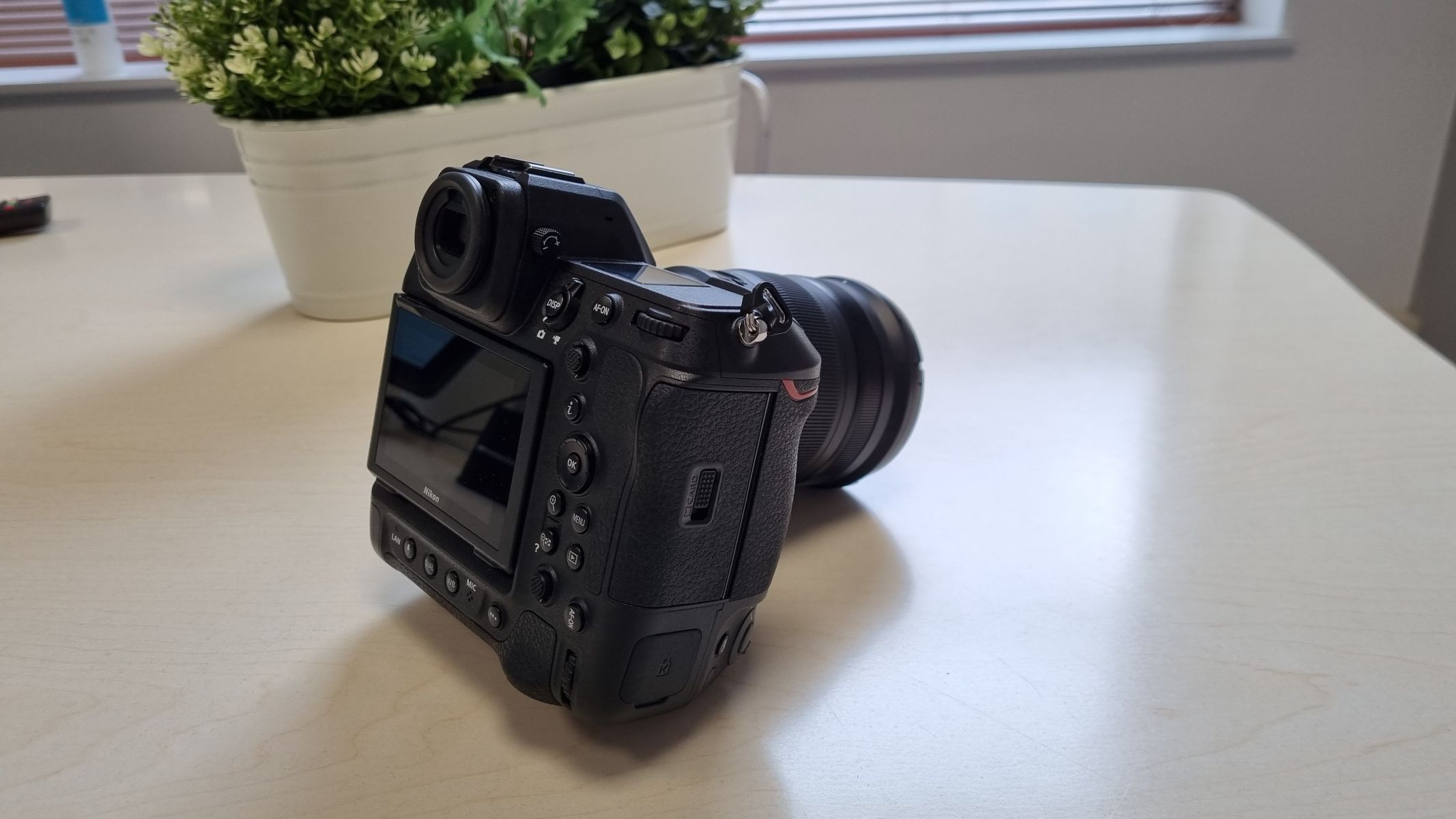
- Heavy, solidly built body
- Covered in buttons and dials
- Dual CFexpress and multiple connectivity ports
As with many pro-grade camera bodies, the Nikon Z9 is a chunky unit. Once you've added a CFexpress card or two, in the dual-card slot, you've got close to 3lbs (1.34kg with battery) of camera before adding a lens. While that isn't quite as heavy as the old Nikon D6 DSLR, it is weightier than the Sony A1 mirrorless, for example. If you're a night sky and landscape shooter this is less of a concern as wider lenses tend to be shorter and lighter on the whole. But if you're a wildlife or wedding shooter looking to add telephoto zooms like the 70-200mm f/2.8, the 400mm f/2.8, or the monster 800mm f/6.3, then that heft is going to increase dramatically.
We tested the camera with a selection of lenses, ranging from the 20mm f/1.8 through the 105mm f/2.8 macro and the 24-70mm f/2.8, up to the 70-200mm f/2.8 and the difference in weight is significant. If you're planning to shoot with the Z9 on a tripod, you really need to be looking at the sturdier units with the more solid ballheads, even if you're using a supporting arm on the lens itself. When we tested with the Manfrotto Mk190xpro tripod, we did have to account for significant settling before taking our astro shots.
A quick note on star trackers... be aware that the weight of the Z9, combined with say the Z mount 14-24mm f/2.8 lens is about 4.4lbs (2kg). With a 14mm Sigma f/1.8 ART lens, and perhaps an FTZ adaptor, you're looking at 5.5lbs (2.5kgs) and upwards. We recommend checking the maximum load of your star tracker before thinking about mounting the Z9 and a lens. Most have a max load of about 11lbs (5kgs) but some are lower.
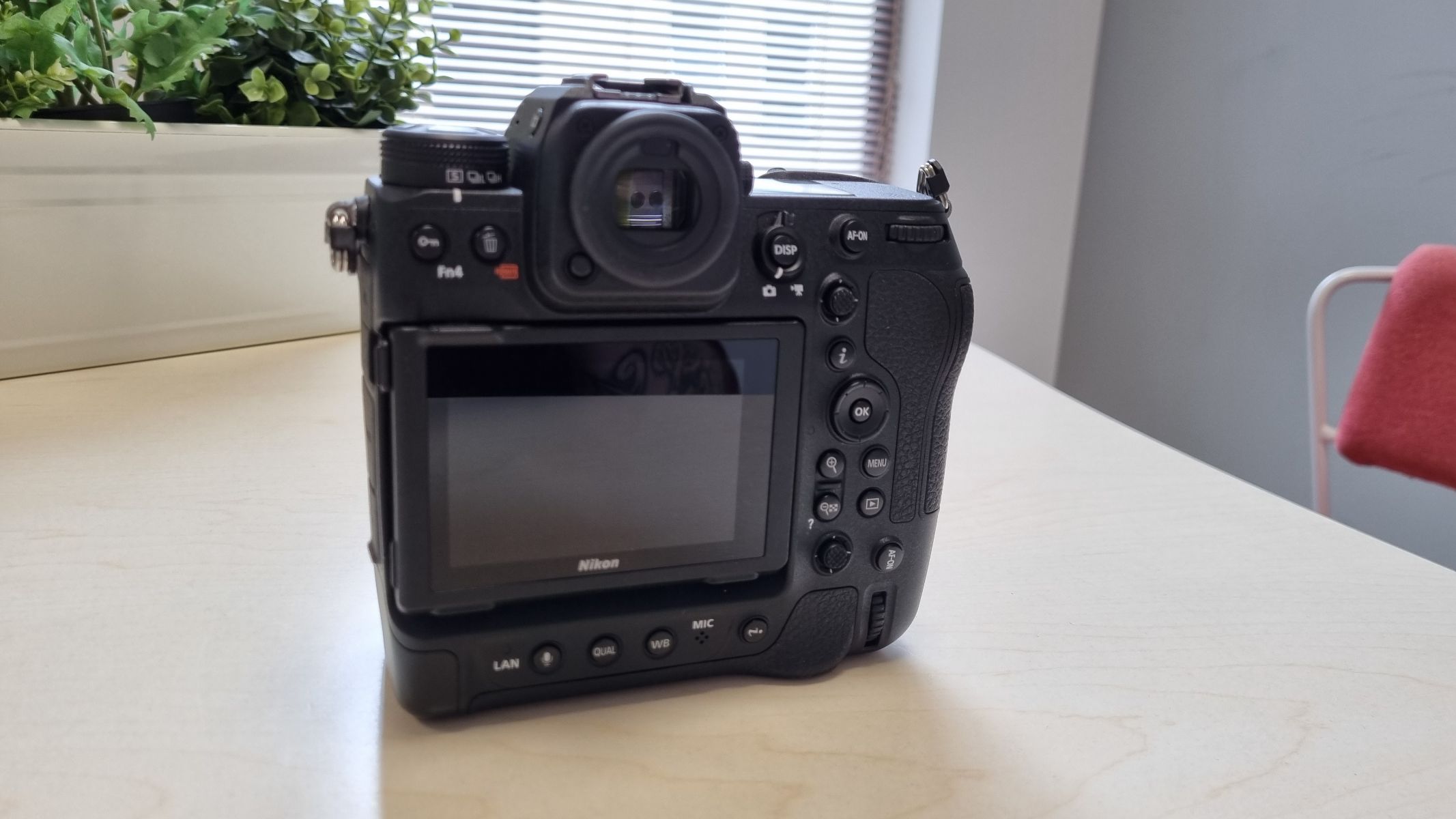
We mention the weight because we feel it's important for astro shooters to know what they're dealing with. Next to the Z7 II or Z6 II this is a significant size and weight gain, which will affect the way you handle and shoot with your camera. This increase in bulk also evokes the sturdy, tough nature of Nikon's older DSLRs, and we're happy to report that the unit itself is both fully weather-sealed and extremely tough. While we didn't test it, Nikon claims it can be used in -10 degrees Celsius temperatures, which will be a boon for anyone heading to Iceland for an aurora shot or two. As with comparable models, the Z9's significant battery lives in the bottom of the body, which not only provides extra grip but also allows Nikon to stick a few extra function buttons on. More on battery life a little further down, but it's much, much better than other Nikon mirrorless models.
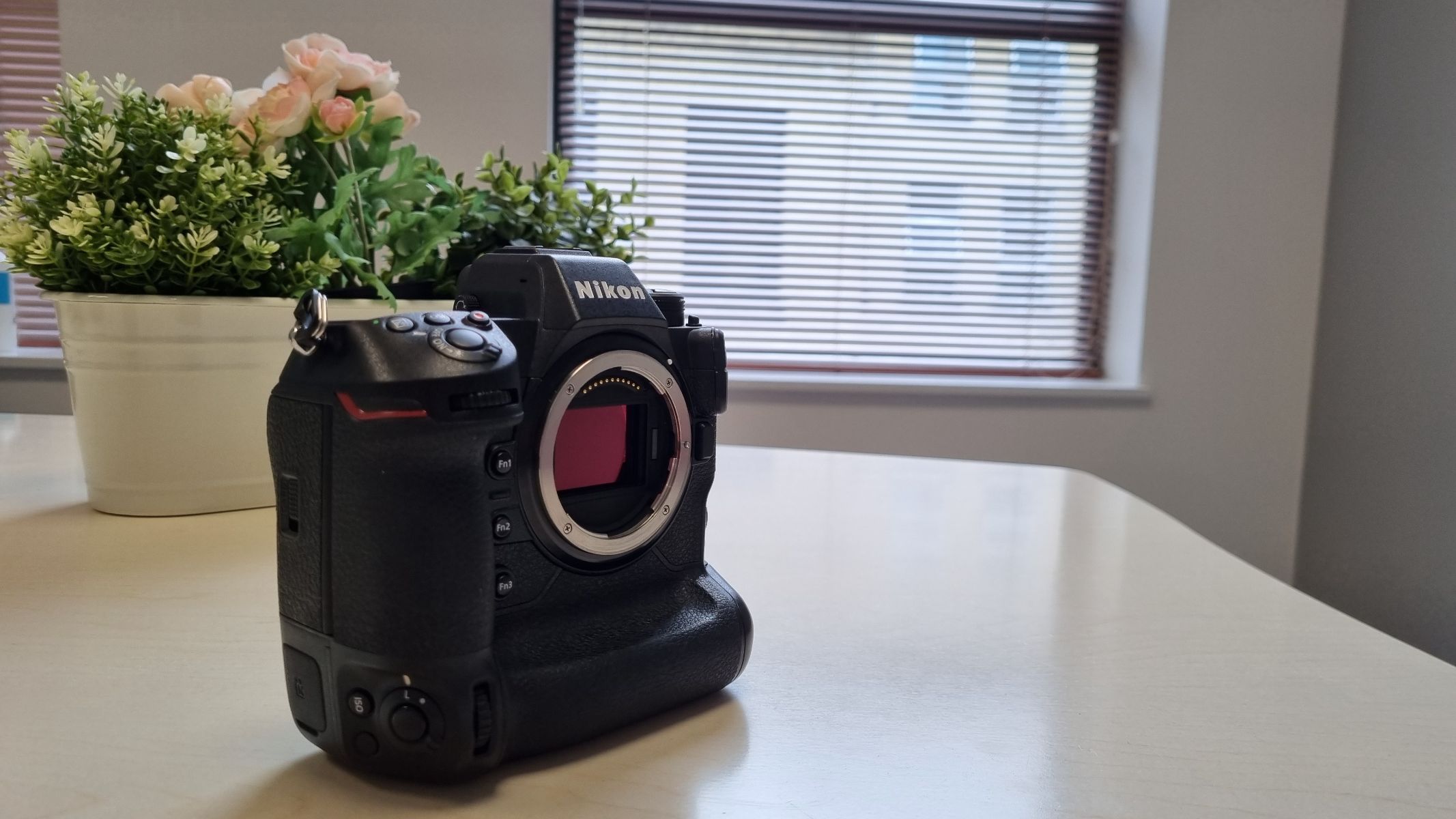
The placement of function buttons on the Z9 is logical and, if you have medium/large hands, they're mostly easy to reach. It's the sheer volume of them, and the capacity to customize them, that feels a bit overwhelming when you first pick up the body. As there are so many, we'll give you the highlights.
In addition to the command dials and shooting button on the top right, there are additional shooting and command dials at the bottom left, which give you a little more control if you're shooting in portrait mode. There's a double-function command dial on the top left which covers custom modes, flash, and bracketing on the top, with a lower wheel that sets the shooting mode from a single exposure to slower and quicker bursts. Phew.
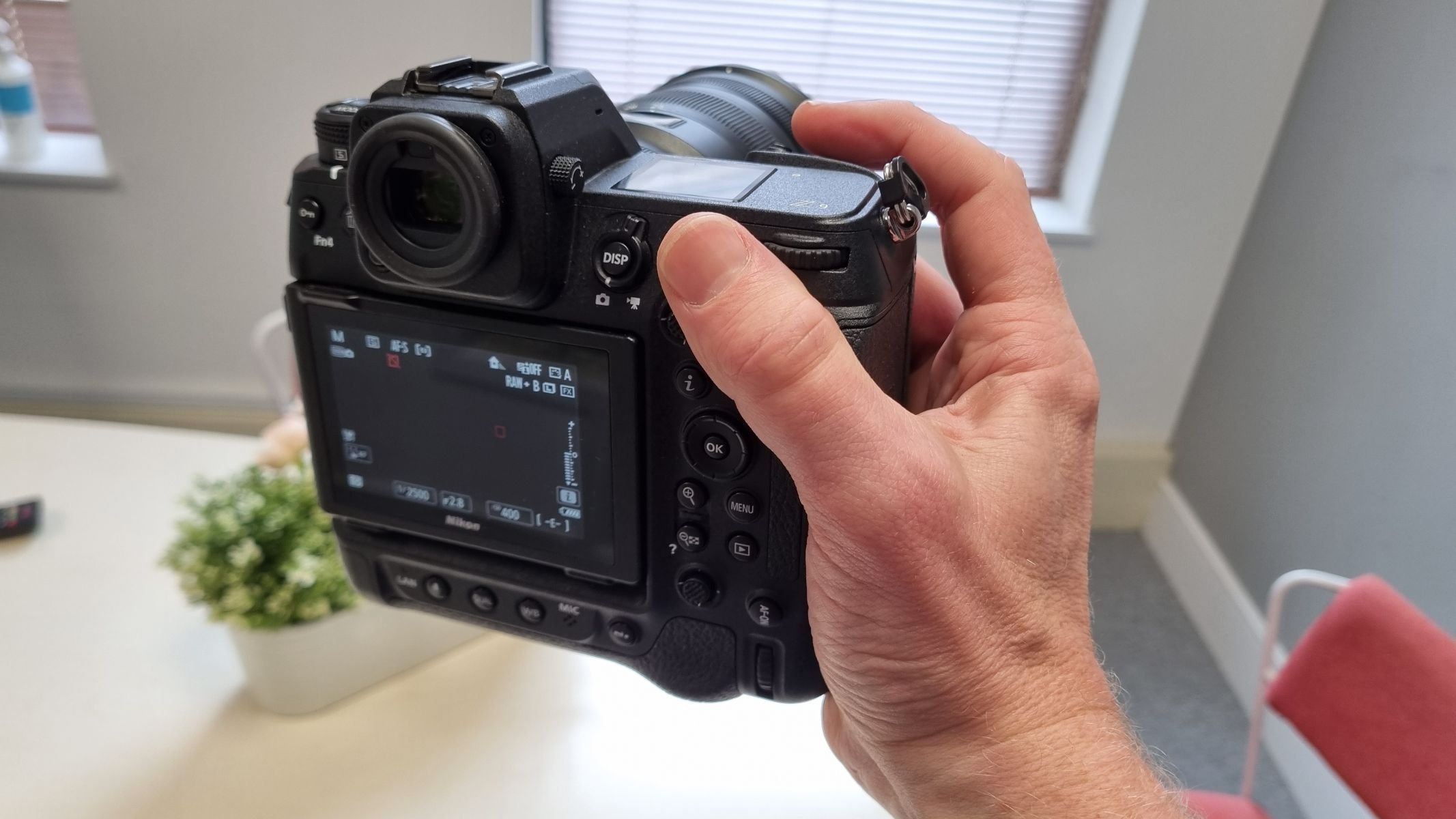
The touchscreen is good, but we've seen sharper more mobile screens in rivals. It's one of the brighter and most detailed screens on the market at 2100 dots and the image you see on there is smooth and sharp but the screen isn't quite as flexible as you might like for lower angles or shooting in portrait mode. One neat little touch that night-time photographers will appreciate is the ability to adjust screen brightness and color balance to extremely fine levels.
Overall, the Z9 is a well-designed, hefty camera body, with loads of buttons to play with to fine-tune shots outside of the menu screen. But how does it perform?
Nikon Z9: Performance
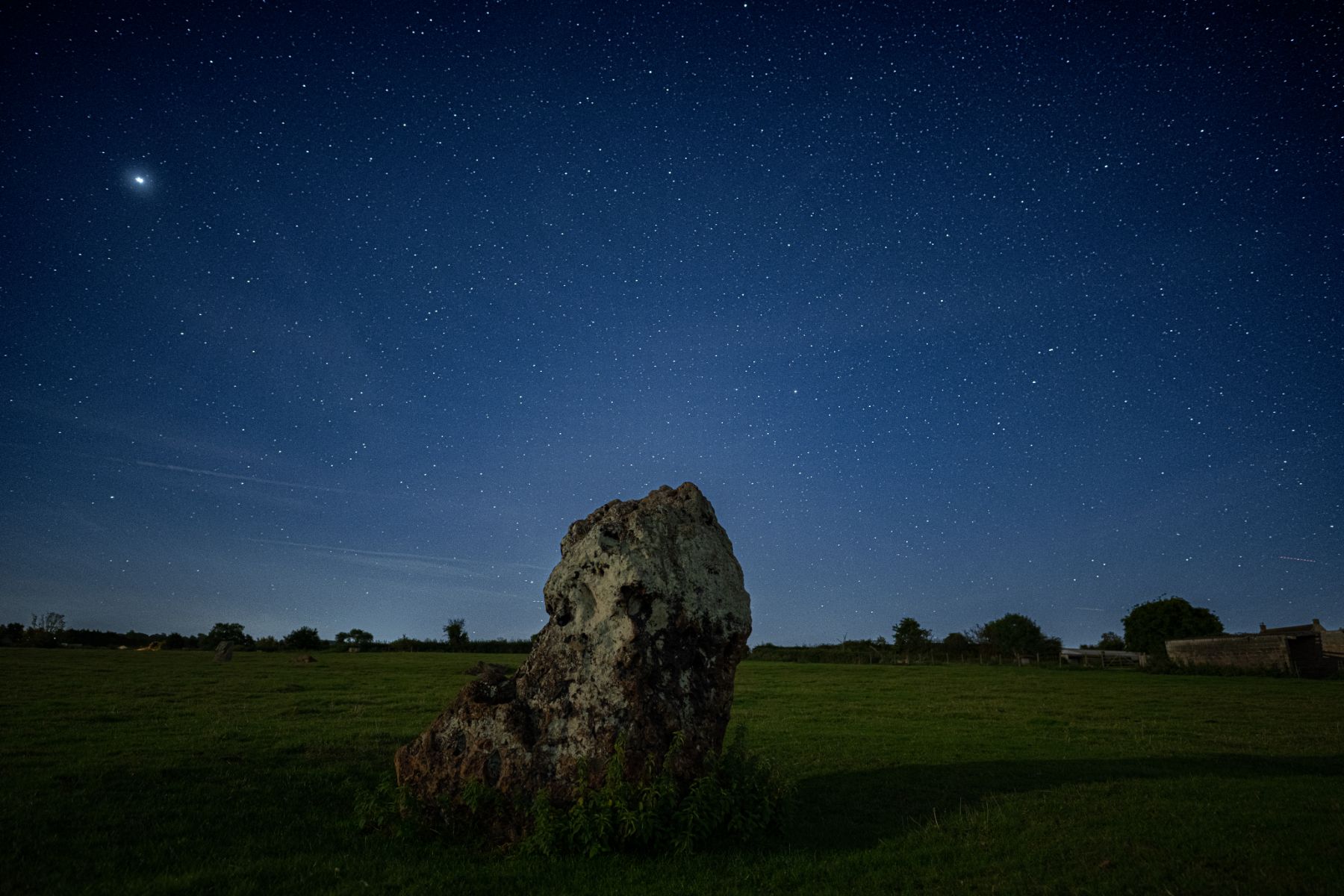
- Finely tuned for wildlife and sports
- Excellent astro performance
- Burst shooting is impressive
At $5,500 you'd expect premium quality shooting from the Nikon Z9, and this camera doesn't disappoint. Whatever conditions or time of day you're shooting in, you'll get some of the best possible results, provided you're using it in the right way.
Firstly, as this is Space.com, we took the Z9 for a night-time stroll to get some astro shots, and a few photos of the moon. In terms of astro, the Z9 performed exceptionally well and captured basic star pics with extreme ease. The significant ISO range, combined with the 45.7MP sensor and new high-efficiency RAW capabilities, means you'll have no problem capturing pin-sharp detail at medium/shorter exposure times, regardless of how quickly you want to snap away. One crucial feature for star trails is that the battery in the Z9 is a monster, so you can repeatedly shoot hours of long exposures with no fear of the battery running out of juice. We tested the Z9 for about 3-4 hours of astro, and lost less than 20% of a full battery.
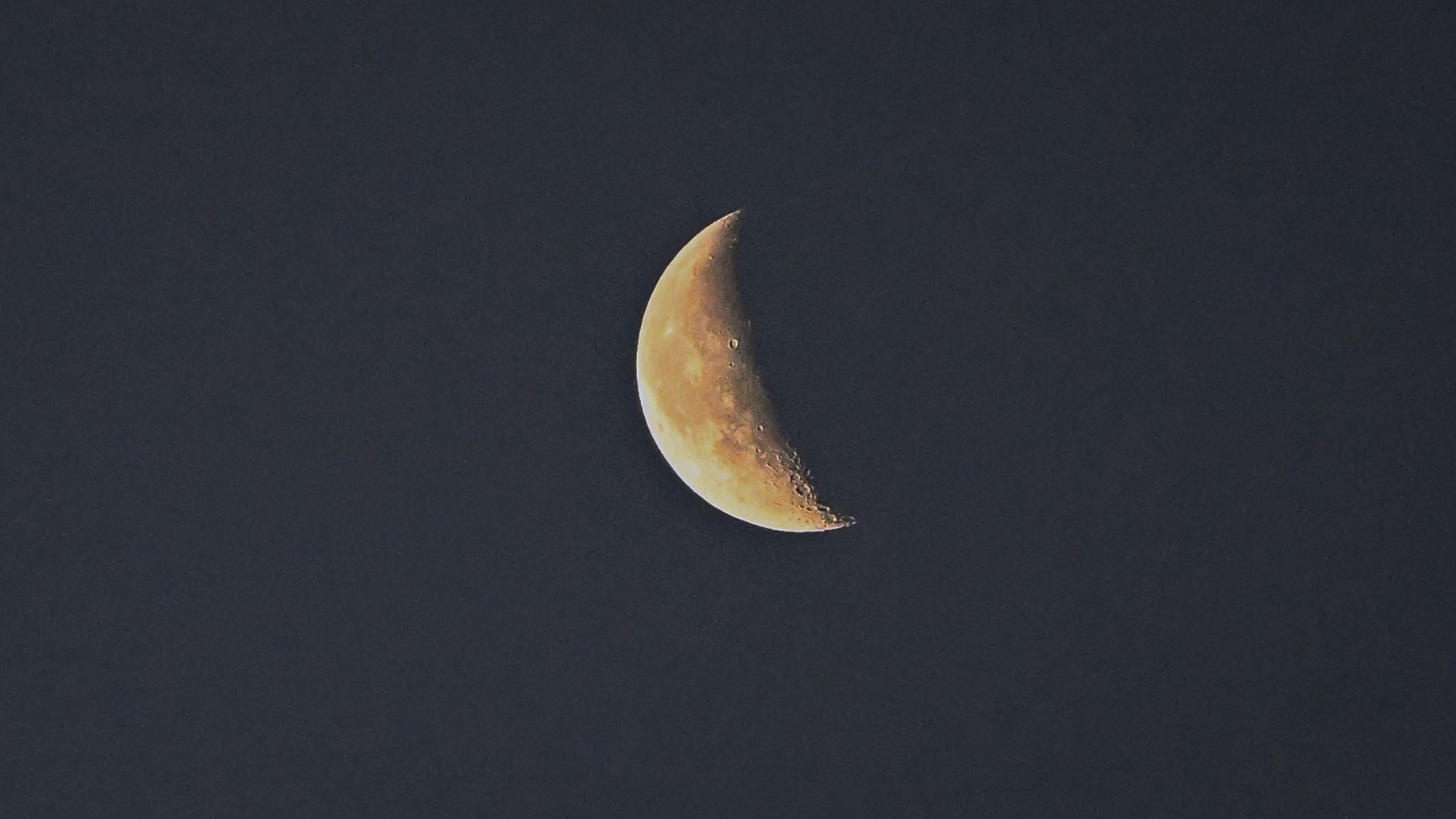
While most astrophotographers will choose to shoot with a manual focus, we did experiment with the standard AF during our session and, while the Z9 failed to auto-focus on most stars, it did manage it on a few of the brighter ones. When it came to moon shots, the Z9 did as well as you'd expect. It handles the contrast between the bright moon and the night sky well (great dynamic range), and the larger sensor means you can capture more detail at shorter focal lengths if you don't have a huge telephoto zoom.
This isn't a specialist astro camera, though, so while it's brilliant to have the premium features and performance you'd expect from a pro-grade camera there's little here to recommend over, say, the $2000 cheaper Nikon Z7 II. It'll create amazing night sky shots, but the Z9 is really a sports, wedding and wildlife camera at heart.
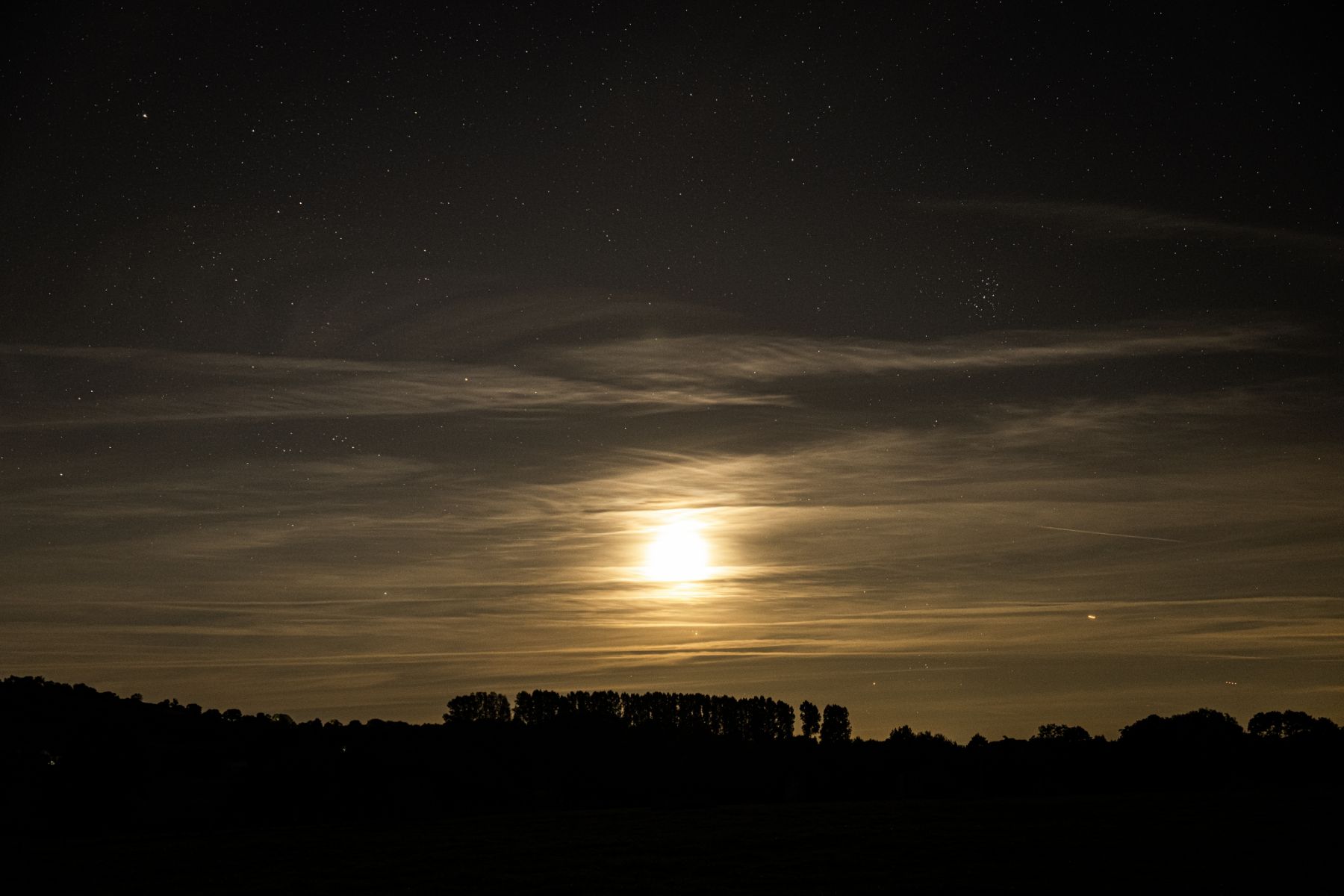
Next, we tested the Z9 with some animal shots, to get a sense of how the specialist 'Animal AF' focusing performs, and to try out what Nikon claims is market-leading burst shooting. You can shoot up to 120FPS if you're happy to drop quality to low-res JPEG, all the way to 20FPS with RAW images. We knocked the Z9 down to medium-quality JPEGs and shot at both the lower and higher burst modes. The results were impressive, especially when it came to tracking and capturing photos of birds.
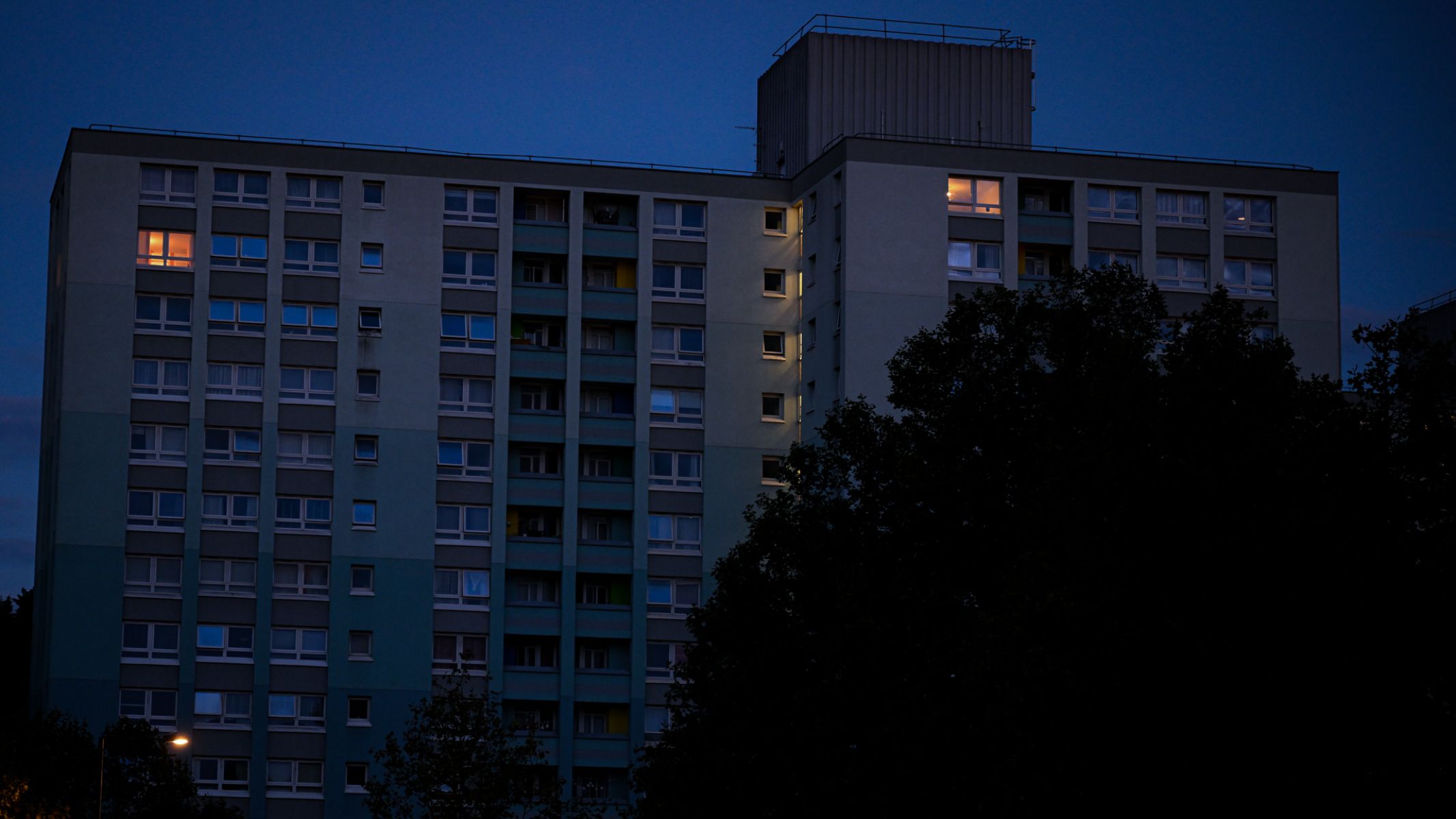
We sat and took multiple shots of groups of pigeons, to see how well the AF setting handled groups of birds, especially when they suddenly flew away. Even in lower light, the AF managed to pick out subjects well, with a tendency to favor objects in the mid-plain rather than the foreground or background, unless there was a significant object right at the front. When we tested with single subjects, like a robin on a branch, the Z9 focused fast and smart, allowing snappier shots of fast-moving creatures. Our only slight bugbear is that the AF sometimes slipped when tracking animals moving quickly forwards or backward through an image (rather than side to side).
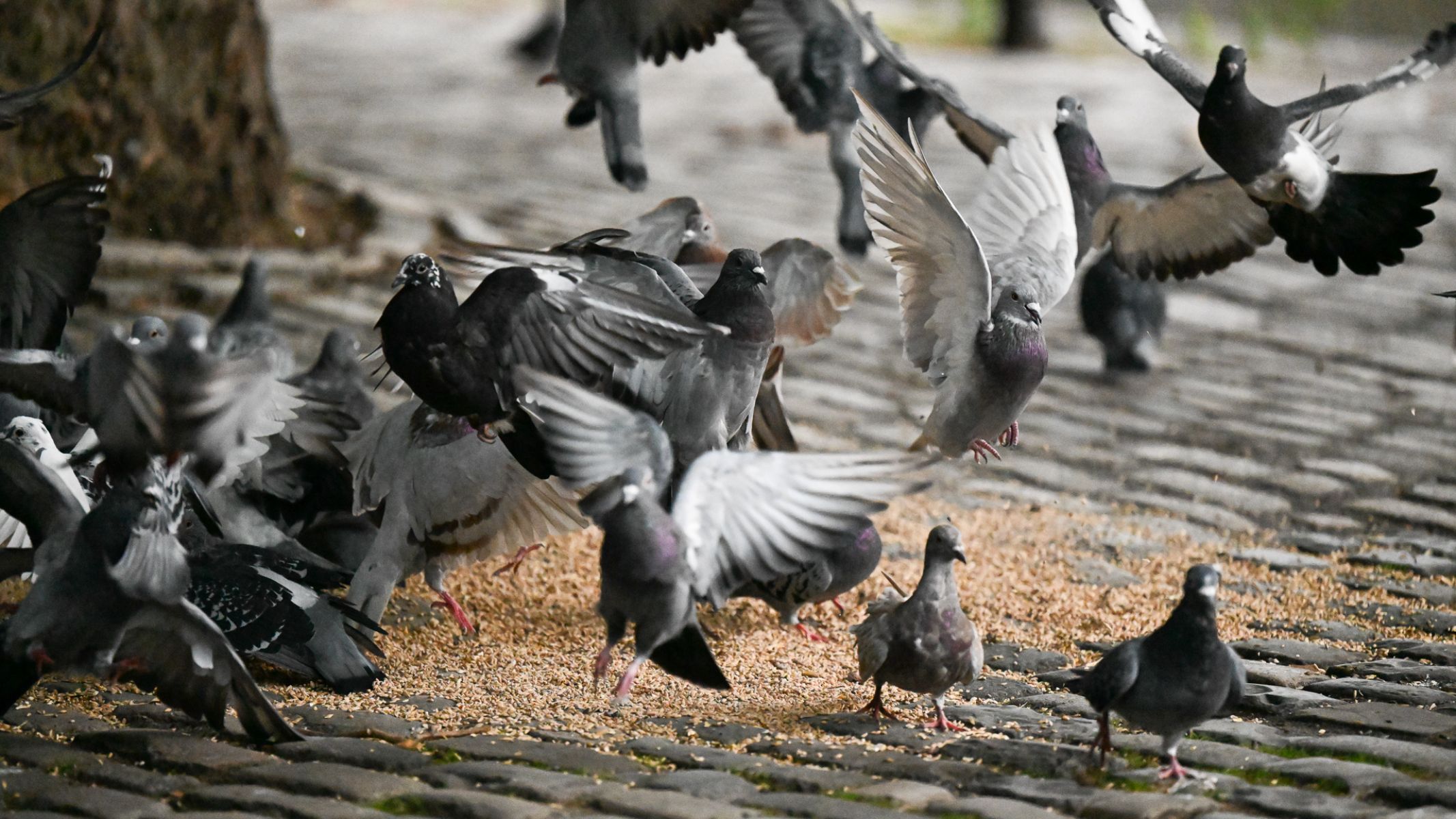
Next, we tested with people in crowds, to see how well the 'People AF' mode performs. The Z9 is eerily good at picking out eyes and faces, which makes it a perfect camera for weddings and sports. We struggled to find fault with it and, combined with the satisfying burst modes, it made capturing human motion incredibly easy and accurate. While not perfect, it did manage to track multiple subjects through busy scenes, rendering faces with surprising clarity. While that may not be the reason the average Space reader buys a camera, it speaks well to the versatility of the Z9 and does present opportunities for more easily creating posed shots with human subjects in astro scenes.
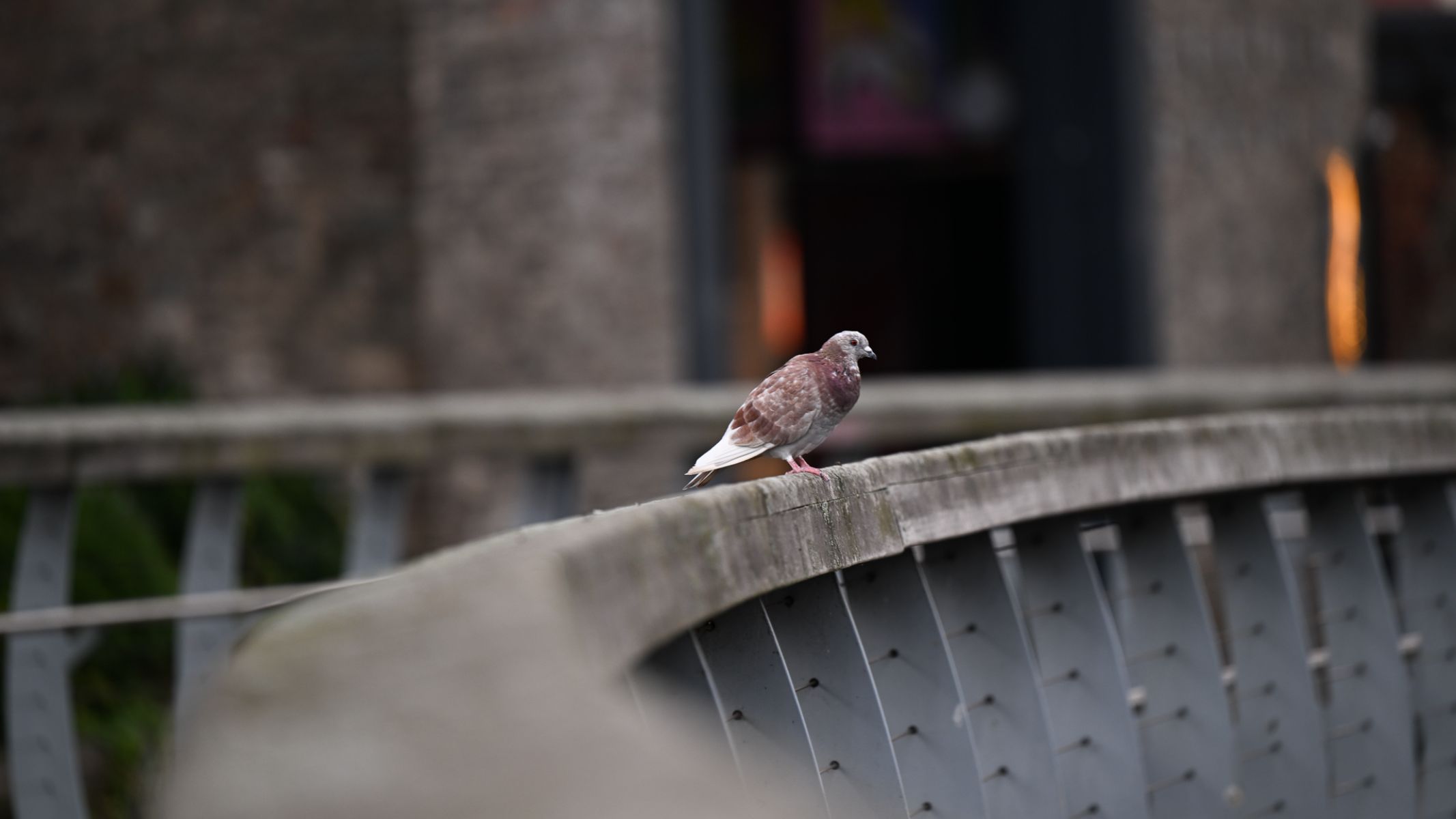
Overall, the quality of shots you get from the Z9 is high, especially if you're capturing moving subjects at whatever speed they're traveling (in whatever light conditions). That really does feel like the unique selling point of this camera as it's designed for clarity of image at speed. While that's one of the most common uses among pro-grade cameras, the benefits of standard astrophotography are minimal.
Nikon Z9: Functionality
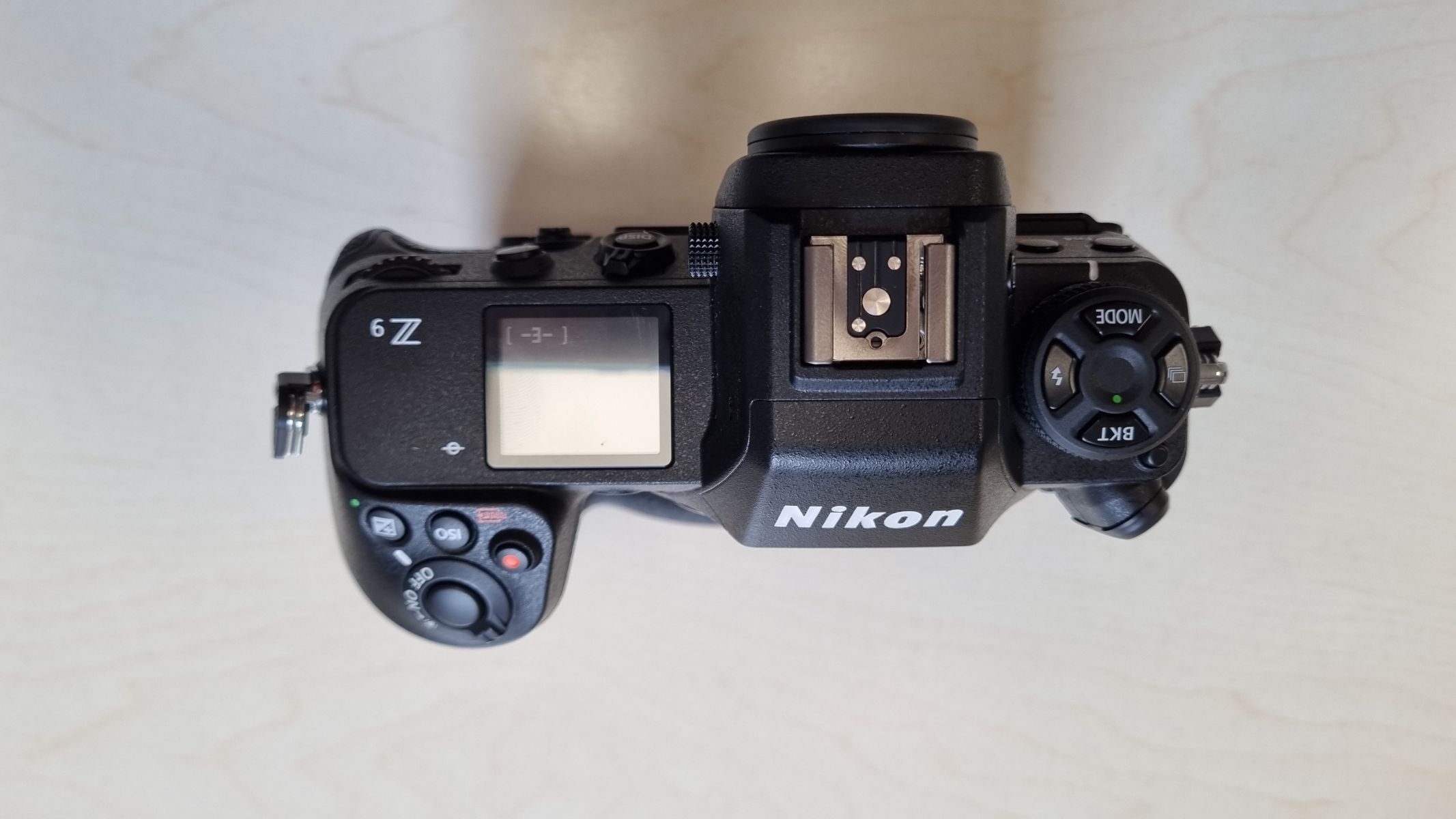
- As capable at video as it is at stills
- Easy to use the Z9 in vertical or horizontal orientation
- Performs well in low light settings
There's an embarrassment of riches when it comes to the Z9's functions. As a still image shooter, you can customize almost every aspect of the process, although the stand-out options are clearly the vast array of options on the camera body itself, and the ability to use this body just as easily in landscape or portrait mode.
There are the same deep customization options you'd expect to find on all full-frame Z cameras, allowing you to remap buttons and create your own shooting modes from scratch. There's even an option to create your own menu tab', which will allow you to adjust all your most-used settings from a single screen.
One thing we haven't touched on yet is video. Clearly, the Z9 was designed to be as much a video camera as a regular stills machine. It can shoot at 8K 60FPS, which makes it immensely handy as a tool for capturing wedding videos, vlogging, or taking sports footage. There are clear and easy options to reduce resolution and up frame rate, and the fact you have two CF card slots means you'll likely have enough space for literally hours of footage.
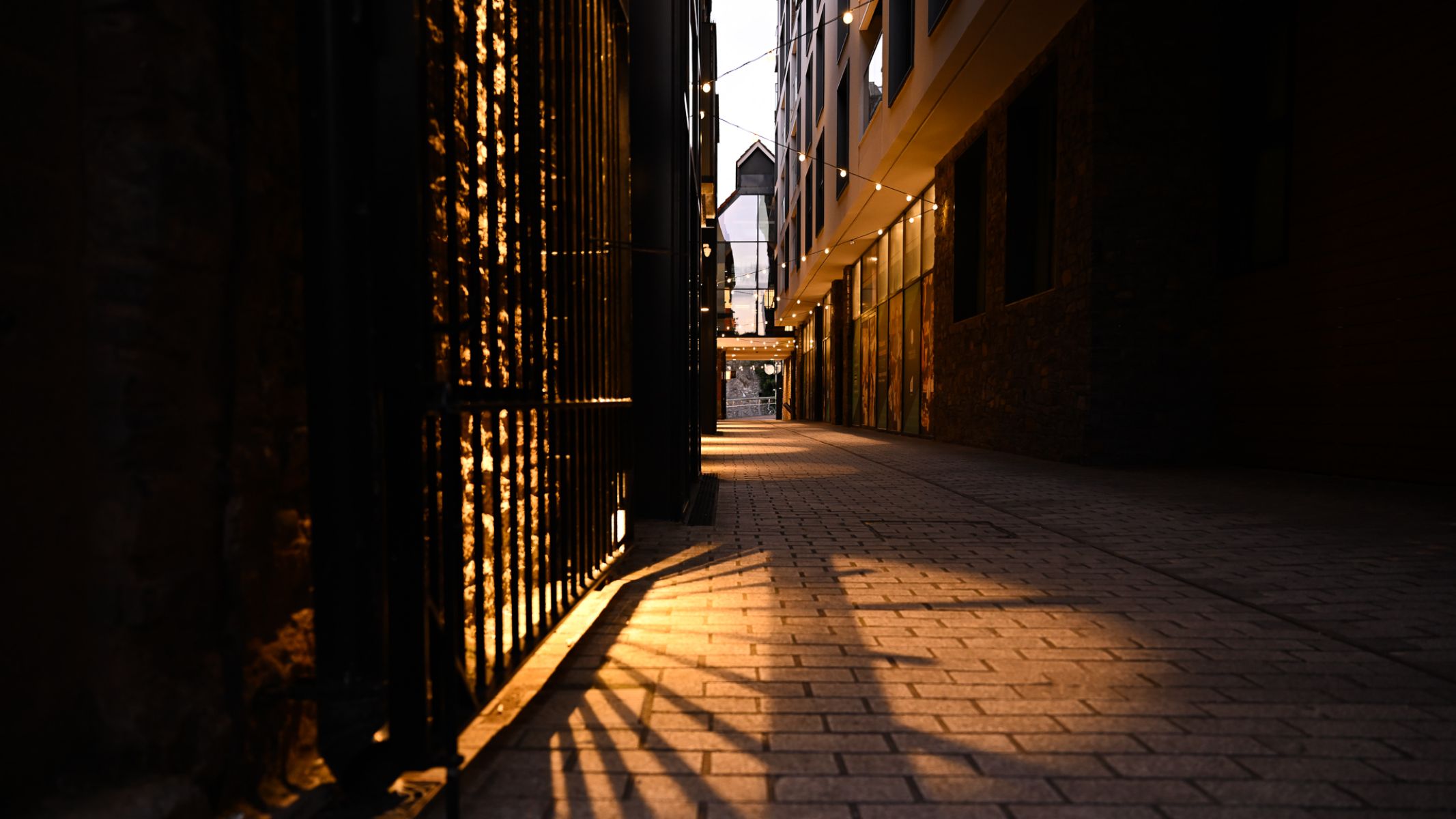
We didn't push the Z9 too hard in video tests but noted it performed well in low-light settings (so, it's effective if you're, say, creating video tutorials for astro shoots) and managed to focus well while taking video in lower-light situations. The battery held up well too, and we only lost about 25% of the total charge after an hour or two of video capture.
Once you're ready to take footage off the Z9, you'll find a whole host of connectivity functions. Snapbridge (Nikon's proprietary file transfer application) and is compatible with the Z9, enabling Wi-Fi and Bluetooth transfer as well as on-the-go photo browsing. There is built-in ethernet, for file transfer directly from the camera, and connection directly to a smartphone via USB-C. Handy if you'd rather not be swapping out memory cards all the time. During our tests, we actually struggled to get the Wi-Fi connection working, but did troubleshoot it, and found online that most users didn't experience the same issue as us.
Should I buy the Nikon Z9?
Is the Z9 an essential camera for astrophotography, and worth that $5,500 outlay? Yes and no. What you get for your money is a versatile camera that can turn its hand to any scenario and generate brilliant results. It's happiest shooting sports, people, and creatures but, hey, it takes brilliant astro shots too. If you have the money, and absolutely must have the best camera Nikon makes, then buy the Z9.
However, if you're on any kind of budget, and you want a brilliant astro set-up, we'd take that $5,500 and buy a Z7 II (still a 45MP sensor, same ISO range, similar features) and a more specialized lens, like the 14-24mm f/2.8 or the 20mm f/1.8. In terms of taking images of the night sky, you'll get near-identical results. Sure, you'll sacrifice some battery life and a bit of toughness in the body, but you'll have a lighter camera and more money in your pocket.
If the Nikon Z9 isn't for you
Maybe money is no object for you, but you don't like the cut of Nikon's jib. That's fine because Sony and Canon have pro cameras that roughly match the performance of the Z9 and cost about the same. The Sony A1 is Sony's premium shooter and has a superb sensor that is perfect for astrophotography. If you're looking for market-leading autofocusing then the Canon EOS R3 is the one for you. Both cameras will leave a black hole-sized, er, hole in your bank account.
If you're seeking something cheaper and lighter for your shooting needs, the Nikon Z7 II is probably the body for you. While the sensor isn't quite as fancy as the one in the Z9 (it's the same size just different tech), or the battery as big, the Z7 II clocks in around $2000 cheaper. Everything else you need for astro is very, very comparable to its more expensive cousin.
If you'd prefer to shoot with a DSLR, (though increasingly who would these days?) again, you've got options. The Nikon D6 is Nikon's equivalent pro-level DSLR camera, and it'll match the Z9 in a number of departments (although lags behind when it comes to shooting speed and AF). It's heavier too, and Nikon isn't really supporting its old lens system anymore. If you want to go DSLR, but on a tighter budget, our favorite is the Nikon D850, and it's easily one of the top astro cameras out there which is why it features in our best cameras for astrophotography buying guide.
Join our Space Forums to keep talking space on the latest missions, night sky and more! And if you have a news tip, correction or comment, let us know at: community@space.com.

Andy is a Content Director who has been working in media for over 20 years. Andy has run several brands during his career, including Top Ten Reviews, GamesRadar, and a suite of magazines. He is also a part time tutor in Game Design, a photographer, and a mentor. Andy specializes in landscape and urban photography, but also takes pictures of the moon and night sky. In his spare time, he enjoys building Lego with his son and watching all kinds of sci-fi TV.
